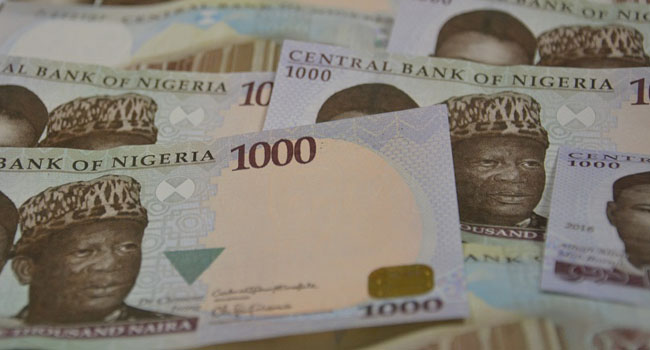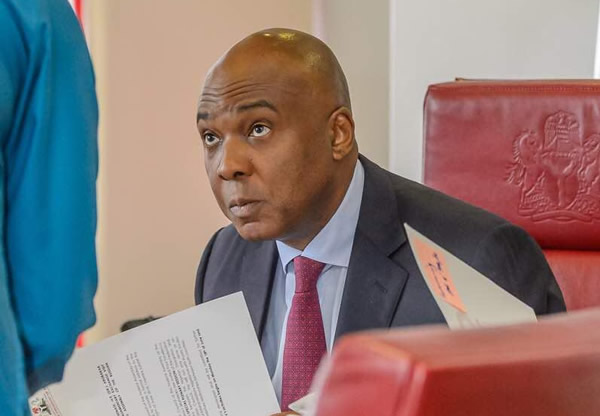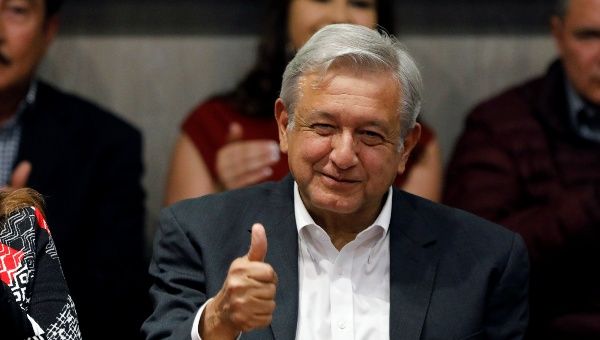The Naira has entered the trading week on a firm footing despite a stabilizing Dollar and global trade tensions pressuring emerging market currencies.
There is a suspicion that the Naira’s stability could be based on continual intervention from the Central Bank of Nigeria.
June was certainly a cruel trading month for emerging market currencies and this negativity could roll over into July if escalating trade tensions weigh on sentiment and erode risk appetite.
It will be interesting to see if the Naira is able to maintain its stability at a time where trade war fears and prospects of higher US interest rates have triggered capital outflows from emerging markets.
Advertisement
Recession fears escalate as trade war heats up
It has been an interesting first half for 2018. Economic fundamentals and politics took centre stage as both fought for market influence. The Federal Reserve is in tightening mode as growth and inflation trended higher, while the trade war between the US and the rest of the world particularly with China and the EU intensified further.
In parallel to these events, the US administration provided massive stimulus to an economy that is already near full employment which led to further strengthening of the US dollar.
Advertisement
Looking at the big picture, strong economic growth in the US, despite signs of softening elsewhere, provided support for equities. However, geopolitical uncertainty and protectionism remained the key downside risk.
We think that we’re in the late stage of the current economic cycle, but there are no signs of a recession yet. In such economic conditions, equity investors should be more cautious when investing. A more selective approach is needed as valuations are likely to be further challenged in the months ahead as volatility is further elevated.
Given that inflation will be a key factor driving monetary policies in the second half of 2018, investors need to keep a close eye on oil prices. The decision by OPEC and non-OPEC members to raise crude supplies by about one million barrels starting from 1 July was considered a negative factor for oil prices.
However, the rise in supply from some OPEC and non-OPEC members will be met by a decline from others; doing the math here will be complicated for investors betting on the direction of prices.
Advertisement
Iran currently faces the re-imposition of US sanctions on its oil exports after the Trump administration’s withdrawal from the nuclear deal. Venezuela is also on investors’ radars as there are further signs that its oil industry is entering a dangerous new phase.
Meanwhile, Libyan oil supply is also at risk with the current political mess. These three countries together may contribute to a fall of more than two million barrels a day by the end of 2018, which is likely to keep oil prices elevated in the second half of 2018.
Investors and traders should also keep a close eye on the US Treasury yields. The gap between short- and long-term US bond yields fell to its narrowest levels since 2007, and as we get closer to the inversion, the probability of a recession becomes higher.
Advertisement
Add a comment






